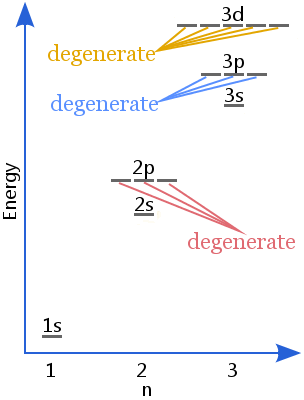What's A Degenerate
Posted By admin On 15/04/22
What’s uniquely American is the overwhelming saturation of degeneracy in every nook and cranny of our society. Doing the wrong thing, for the wrong reasons, and loving every minute of it, has become the national religion. BibleThe Bible is a collection of religious texts or scriptures sacred to Christians, Jews, Samaritans, Rastafari and others. It appears in the form of an anthology, a compilation of texts of a variety of forms that are all linked by the belief that they are collectively revelations of God.
A dwarf star is a star of relatively small size and low luminosity. Most main sequence stars are dwarf stars. The term was originally coined in 1906 when the Danish astronomer Ejnar Hertzsprung noticed that the reddest stars—classified as K and M in the Harvard scheme could be divided into two distinct groups. They are either much brighter than the Sun, or much fainter. To distinguish these groups, he called them 'giant' and 'dwarf' stars,[1] the dwarf stars being fainter and the giants being brighter than the Sun. Most stars are currently classified under the Morgan Keenan System using the letters O, B, A, F, G, K, and M, a sequence from the hottest: O type, to the coolest: M type. The scope of the term 'dwarf' was later expanded to include the following:

- Dwarf star alone generally refers to any main-sequence star, a star of luminosity class V: main-sequence stars (dwarfs). Example: Achernar (B6Vep)[2]
- Red dwarfs are low-mass main-sequence stars.
- Yellow dwarfs are main-sequence (dwarf) stars with masses comparable to that of the Sun.
- Orange dwarfs are K-type main-sequence stars.
- A blue dwarf is a hypothesized class of very-low-mass stars that increase in temperature as they near the end of their main-sequence lifetime.
- A white dwarf is a star composed of electron-degenerate matter, thought to be the final stage in the evolution of stars not massive enough to collapse into a neutron star or black hole—stars less massive than roughly 9 solar masses.
- A black dwarf is a white dwarf that has cooled sufficiently that it no longer emits any visible light.
- A brown dwarf is a substellar object not massive enough to ever fuse hydrogen into helium, but still massive enough to fuse deuterium—less than about 0.08 solar masses and more than about 13 Jupiter masses.
What's A Degenerate Circle
See also[edit]
References[edit]



What's A Degenerate In Chemistry
- ^Brown, Laurie M.; Pais, Abraham; Pippard, A. B., eds. (1995). Twentieth Century Physics. Bristol; New York: Institute of Physics, American Institute of Physics. p. 1696. ISBN0-7503-0310-7. OCLC33102501.
- ^Nazé, Y. (November 2009). 'Hot stars observed by XMM-Newton. I. The catalog and the properties of OB stars'. Astronomy and Astrophysics. 506 (2): 1055–1064. arXiv:0908.1461. Bibcode:2009A&A...506.1055N. doi:10.1051/0004-6361/200912659. S2CID17317459.